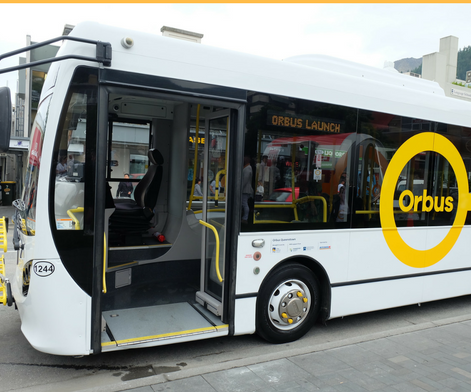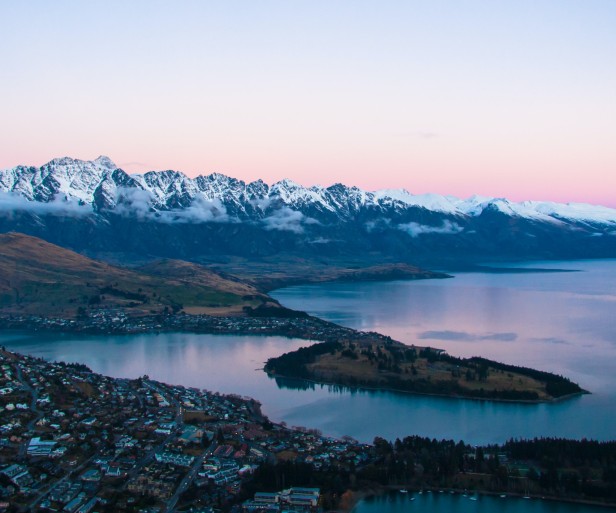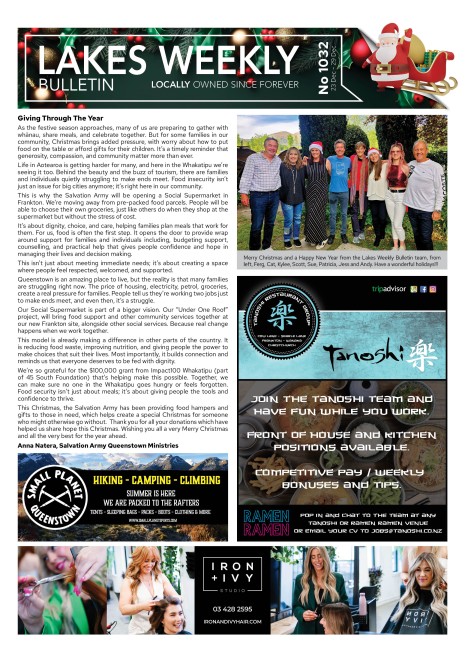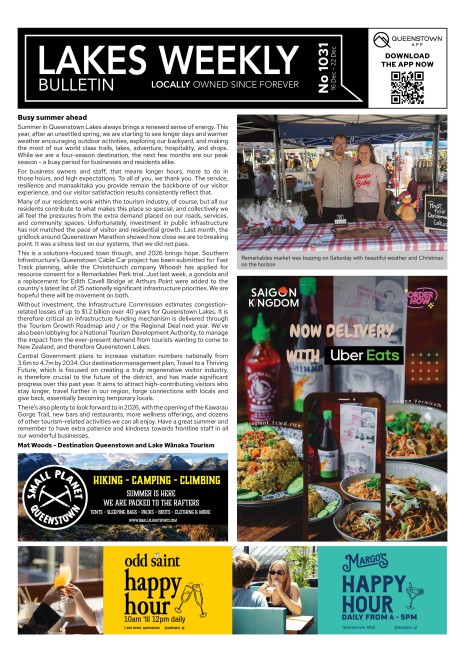Who picks up the bill?
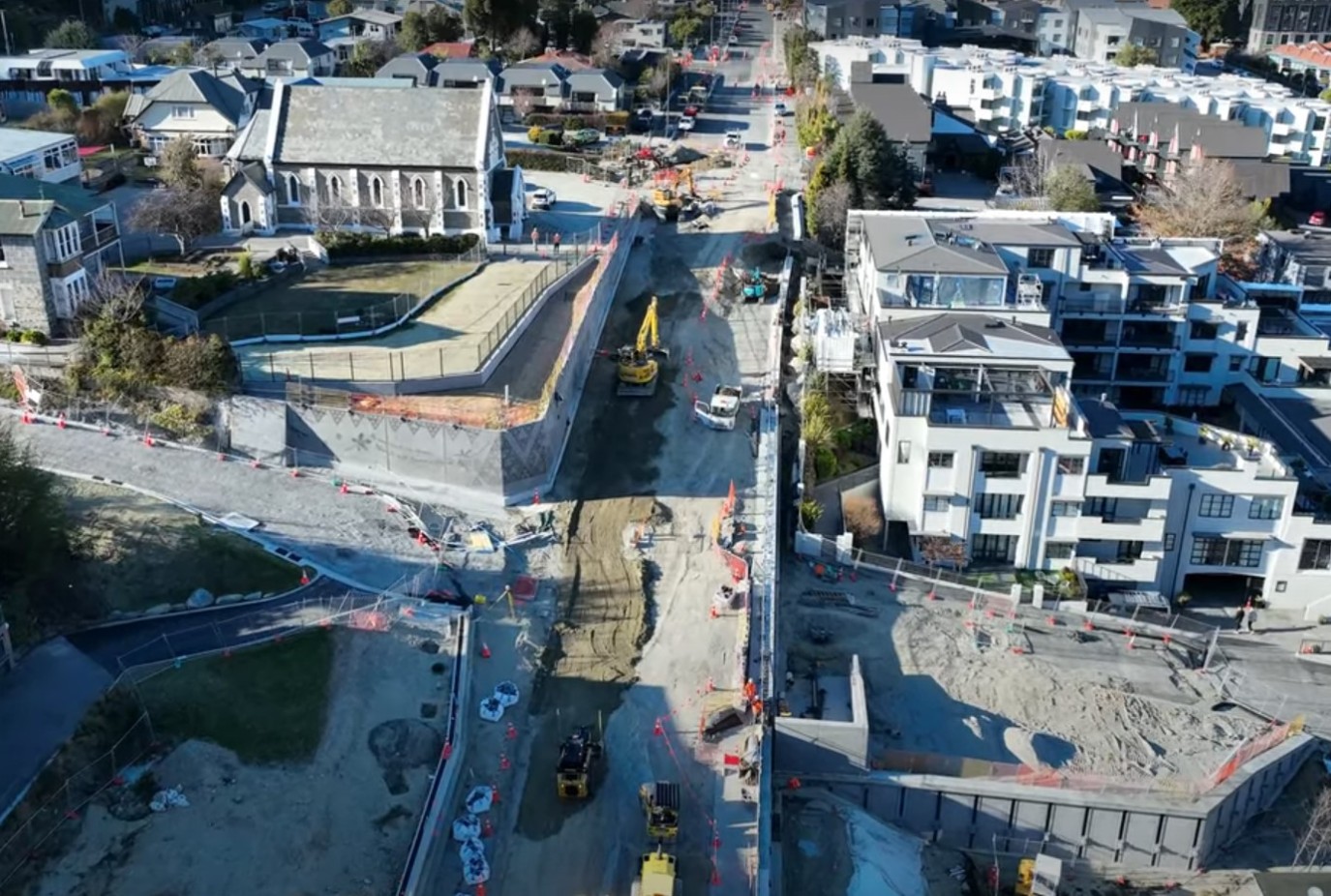
Downtown Queenstown businesses shouldn't be asked to pick up the bill for upgrades that have driven locals away.
That's the view of Queenstown Business Chamber of Commerce over the council's proposed targeted rate to pay for the streetscape works and the troubled bypass project.
Chamber boss Sharon Fifield says the council's share of the $69 million streetscape project and the $129m arterial road should be spread across all Whakatipu ratepayers, in her submission to Queenstown Lakes District Council's Long Term Plan hearings last week.
On the streetscape, she says downtown draws visitors to the district, which benefits all.
"Unfortunately for business, we have beautified the CBD but, in the process, made it less accessible for many in our community to visit with estimates of around 400 lost parks over the last five years," she says.
That's been exacerbated by the council's hard line on parking reinforcement, which has seen the number of tickets dished out across Queenstown Lakes increase by 45% over those five years, to 71,010 in 2023 / 24. The highest number of tickets issued last financial year were in Shotover Street, some 17,336, and nine of the top 10 locations are in the Queenstown CBD area, with the other Ardmore St, Wanaka.
"I know you are already receiving plenty of feedback and submissions around belligerent parking enforcement tactics which is again disincentivising CBD use and ultimately costing business," Fifield told the hearings.
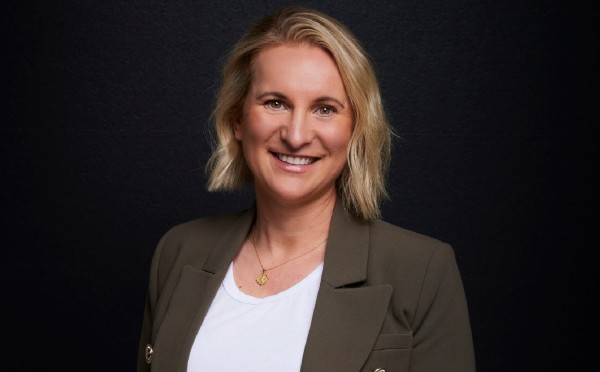
Chamber boss Sharon Fifield
She says there just aren't enough parks downtown and urges the council to push ahead with the Stanley St temporary car park, and look to make the under-used Lakeview carpark free until people catch on to it.
"I stress – we really need your support in removing CBD parking as a barrier. It is urgent."
Regarding the arterial, which connects Frankton Rd to Gorge Rd, via Melbourne St and Henry St, Fifield says the "benefit to any ratepayer is questionable in its current stage of development".
"CBD residential and commercial ratepayers have already endured significant costs in disruption and loss of access to their business/premises. The arterial, in its completion, will stand to benefit those that wish to effectively ‘bypass’ the CBD."
Fifield also made general comments about the LTP on behalf on the Chamber's 620-plus members, urging council to tightly scrutinise its expenditure to lessen the burden on ratepayers, as well as pushing for alternative funding streams, such as a visitor levy, a greater share of the International Visitor Levy (IVL), and pursuing a city/regional deal from government.
The council has $643m of net debt, 263% of its operating revenue, and headroom of $54m this year. By 2034, that's expected to be $1.22 billion net debt, 249%, and $180m headroom.
"Ongoing double-digit rate increases are not sustainable in building a thriving business community that will attract future investment and business attraction."
And she says, QLDC needs to plan for the predicted 124,000 district population by 2053, including 70k visitors daily to Queenstown CBD.
"This will add substantial pressure on moving around the district and generally businesses would like to see more progress around future thinking alternative transport modes such as utilisation of Lake Wakatipu, gondolas and cableways that truly set us up for the future, position us as world-class and build our global reputation."

Costs breakdown
QLDC's proposed targeted rate would be weighed 65% on properties across the wider town centre area, stretching from Fernhill roundabout to Gorge Rd and Suburb St.
For the streetscapes, the total cost was $69m. Central Government paid $35m, development contributions $8m, and Three Waters rates $6m. That leaves $19m. QLDC's preferred option is the wider CBD properties pay $13m of that. That would increase their residential rates between 1.6% to 4.1%, commercial 1.7% to 3%, and accommodation from 0.9% to 2.2%. The alterative, applying the cost to the existing Whakatipu Ward Roading Rate, would see increases between 0.7% and 1.6% (residential), 1.3% to 2.3% (commercial) and 1.9% to 2.3% (accommodation) across the basin.
For the bypass, the total cost is $129m. Central Government paid $50m, development contributions $35m, and Three Waters rates $9m. That leaves $35m, with downtown properties potentially paying $22m of that. Residential properties show increases of between 3.4% to 8.3%, commercial 3.1% to 5.4%, and accommodation 3.4% to 3.9%. Alternatively, spreading the cost through the Whakatipu Ward Roading Rate, would see increases of between 1.2% to 2.9% (residential), 2.3% to 4.1% (commercial), and 3.4% to 4% (accommodation), across the basin.
The costs of both projects would be spread over 30 years, with QLDC paying 5% interest on borrowing.
Money set aside for more
Future stages of Queenstown's arterial roads project are still on QLDC's backburner, despite the problems with stage one.
Council has budgeted $16 million for buying land and preliminary designs, in the later years of the Long Term Plan, for stages two and three. That would see a link first to Man Street, then down to the One Mile roundabout at Fernhill. There's no other funding available as yet for the multi-million projects.
The $129m stage one of the new road, which was partially funded by the government's ‘shovel ready fund’, is expected to be open by Christmas 2024.


